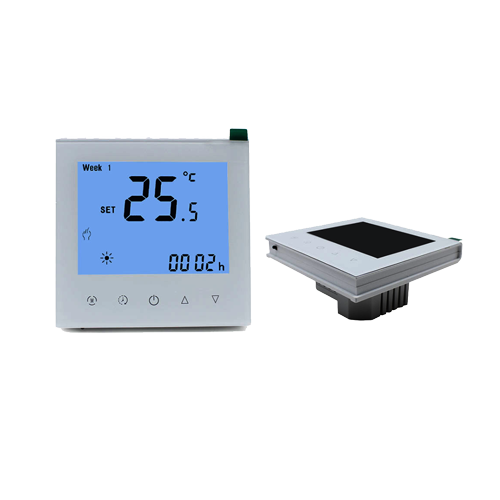
Temperature Sensor
Categories:
Metering and InstrumentationDescription
A Temperature Sensor is a device used to detect and measure temperature in a system, environment, or equipment. It converts thermal energy into readable signals (analog or digital) that can be interpreted by controllers, meters, or monitoring systems. Temperature sensors are widely used in industrial automation, HVAC, process control, medical equipment, and electronics.
Specifications
-
Measurement Range varies by type:
-
RTD (Pt100): typically -200°C to +500°C
-
Thermocouple (Type K): -200°C to +1250°C
-
Thermistor: -50°C to +150°C
-
-
Accuracy:
-
RTD: High accuracy, typically ±0.1°C to ±0.5°C
-
Thermocouple: Moderate accuracy, ±1°C to ±2°C
-
Thermistor: High sensitivity, accuracy depends on calibration
-
-
Response Time:
-
Fast (1–10 seconds), depending on probe size and application
-
-
Output Signal:
-
Analog resistance (RTD or Thermistor)
-
Millivolt signal (Thermocouple)
-
Digital output (for sensors with built-in transmitters)
-
-
Sensor Material:
-
Stainless steel probe housing for industrial use
-
Plastic or epoxy for general purpose or indoor use
-
-
Mounting Options:
-
Threaded (e.g., 1/4” NPT, 1/2” BSP)
-
Surface mount, clamp-on, or immersion type
-
-
Protection Class:
-
IP65 to IP68, depending on the enclosure design
-
-
Power Supply (for digital/transmitter types):
-
Typically 12–24V DC for loop-powered sensors
-
-
Common Applications:
-
HVAC temperature monitoring
-
Industrial automation and process control
-
Boilers and chillers
-
Food processing equipment
-
Laboratory instruments
-